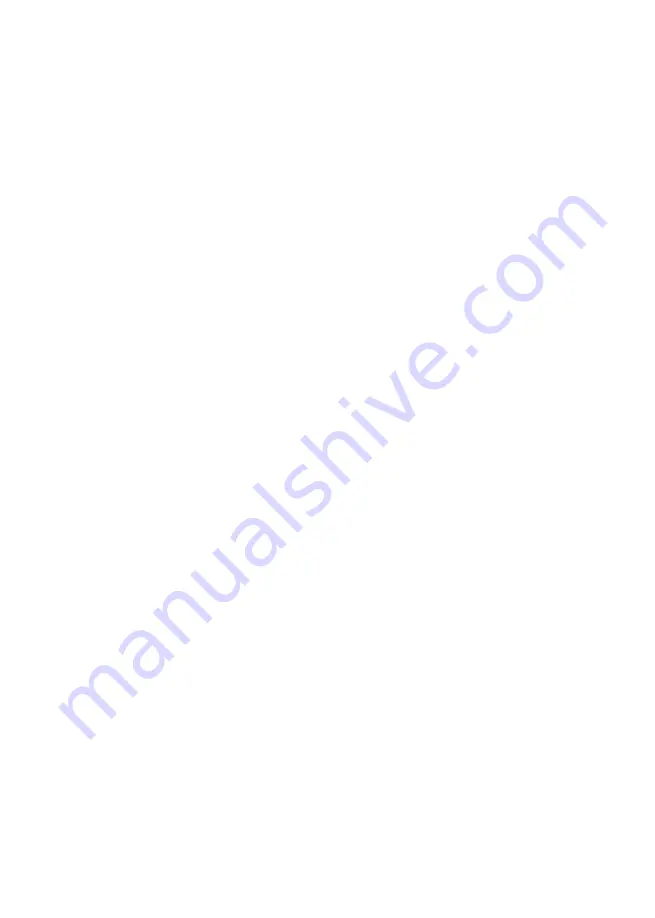
Page 5
of 16
This stove must be installed and commissioned by a fully qualified registered engineer, or the building
inspector must be informed. For more details contact your local authority. This document, when
completed by the installer, constitutes part of a ‘Hearth Notice’ for purposes of Building Law. It must
be left with the householder and placed where it can easily be found.
The Clean Air Act 1993 and Smoke Control Areas
Under the Clean Air Act local authorities may declare the whole or part of the district of the authority to be a smoke
control area. It is an offence to emit smoke from a chimney of a building, from a furnace or from any fixed boiler if
located in a designated smoke control area. It is also an offence to acquire an “unauthorised fuel” for use within a
smoke control area unless it is used in an “exempt” appliance (“exempted” from the controls which generally apply
in the smoke control area). In England appliances are exempted by publication on a list by the Secretary of State in
accordance with changes made to sections 20 and 21 of the Clean Air Act 1993 by section 15 of the Deregulation
Act 2015. Similarly in Scotland appliances are exempted by publication on a list by Scottish Ministers under section
50 of the Regulatory Reform (Scotland) Act 2014. In Northern Ireland appliances are exempted by publication on
a list by the Department of Agriculture, Environment and Rural Affairs under Section 16 of the Environmental Better
regulation Act (Northern Ireland) 2016. In Wales appliances are exempted by regulations made by Welsh Ministers.
Further information on the requirements of the Clean Air Act can be found here:
https://www.gov.uk/smoke-control-area-rules
Your local authority is responsible for implementing the Clean Air Act 1993 including designation and supervision of
smoke control areas and you can contact them for details of Clean Air Act requirements.
The Verena Eco and Vega Verena Eco stoves may be used in smoke control areas strictly in accordance with these
instructions and (UK) when fitted with a modified air control to prevent closure of the secondary air control beyond
10% open when burning untreated wood logs. RoI: Wood logs (Control of Atmospheric Pollution Regulations 1970)
Refuelling on to a low fire bed:
If there is insufficient burning material in the firebed to light a new fuel charge,
excessive smoke emission can occur. Refuelling must be carried out onto a sufficient quantity of
glowing embers and ash that the new fuel charge will ignite in a reasonable period. If there are too few
embers in the fire bed, add suitable kindling to prevent excessive smoke.
Fuel overloading:
The maximum amount of fuel specified in this manual should not be exceeded,
overloading can cause excess smoke.
Operation with door left open:
Operation with the door open can cause excess smoke. The appliance must
not be operated with the appliance door left open except as directed in the instructions.
Dampers left open:
Operation with the air controls or appliance dampers open can cause excess smoke.
The appliance must not be operated with air controls or, appliance dampers left open except as
directed in the instructions.
Installed at Location: ......................................................................................................................................
By: ......................................................................................................................................................................
I definitively assert that this installation is safe, has been lit and demonstrated to the householder,
conforms with current building regulations and with these instructions.
Signed: ..............................................................................................................................................................
Date: .................................................................................................................................................................
Flue Draught measured on commissioning: .................................................................................................
Fuel used on .....................................................................................................................................................


































